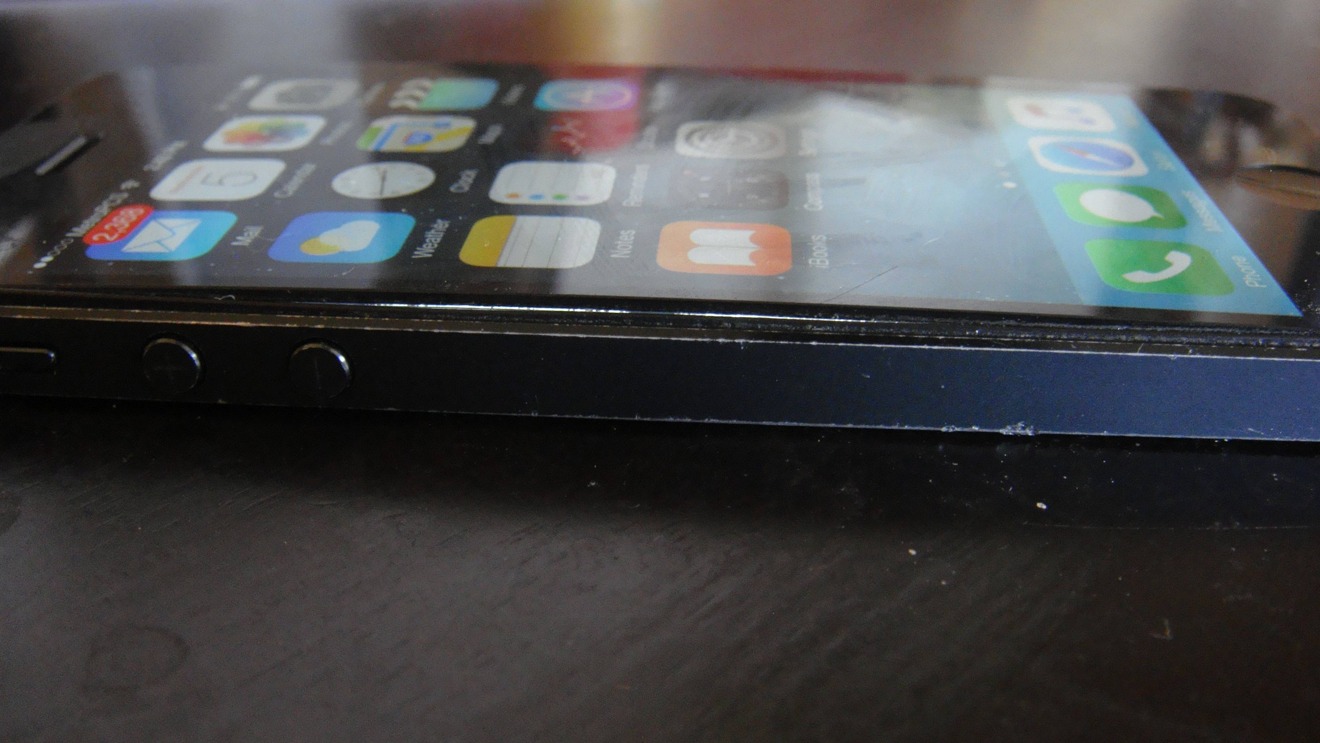Biker burned by broken iPhone, seeks to raise battery danger awareness
Australian bicyclist Gareth Clear isn't blaming Apple for his injuries that he sustained after a fall-damaged iPhone battery burnt his leg. Instead, he seeks to increase awareness of the dangers of portable batteries, particularly when they are ruptured.
Clear fell of his bicycle after his foot slipped on the pedal just as he was about to start moving. "I just saw smoke coming out of my back pocket... and then all of a sudden I felt this surging pain," he said. "I just remember looking at my leg and I had this black discharge all down my leg and this smell of phosphorus."
As a result of rupturing the battery, Clear suffered third degree burns on his upper right thigh, and had to have a skin graft to repair the damage.
Clear initially posted about the incident on Twitter, and recieved what he called a "mechanical" response from Apple. Since the response, likely automated, Clear has been contacted by Apple Australia about the incident.
Lithium-ion batteries are common in portable electronics due to a high energy density, and propensity to maintain a charge in periods of low use. Most portable electronics use lithium cobalt oxide for the best performance, but can be dangerous when disrupted by puncture or impact because of pressurization, and a flammable electrolyte.
Several required safety features in lithium-ion batteries provide protection to users. For charging, protective circuitry stops a charge to prevent an over-charge situation. Apple has criticized the use of third-party chargers, as quality is not always assured, and faulty chargers can damage the overcharge protection.
Another protective feature in a lithium ion battery is the battery containment itself. If a battery is compromised by overcharge, overheating, damage,or simply age, the inner cells can "outgas" the flammable electrolyte mixture. An undamaged membrane will stretch and bulge to contain this material to some extent.
Even in an enclosed iPhone, bulging from a damaged battery can be apparent. With enough outgassing, and an undamaged casing, a bulging battery is sufficiently durable to separate the screen of an iPhone from the rear case — an intentional design feature implemented by Apple and other smartphone vendors.
In Clear's case, the membrane integral to the battery was apparently broken by the impact, or the cells themselves caused too much outgassing in too short a time to contain it. As a result, what the battery industry calls a "runaway thermal reaction" likely began, which caused the battery material ejection and subsequent burn.
Clear doesn't blame Apple for the problem, in contrast to prior incidents involving combustion in batteries. Instead, he wants to raise a larger awareness of the potential danger of batteries installed in mobile devices.
"The more pervasive these are in our lives and the more people use them with a lack of apprehension that something might go wrong, the more that these things will happen," Clear said to The Sydney Morning Herald.
 Mike Wuerthele
Mike Wuerthele













 Malcolm Owen
Malcolm Owen
 William Gallagher and Mike Wuerthele
William Gallagher and Mike Wuerthele
 Christine McKee
Christine McKee
 William Gallagher
William Gallagher

 Marko Zivkovic
Marko Zivkovic









